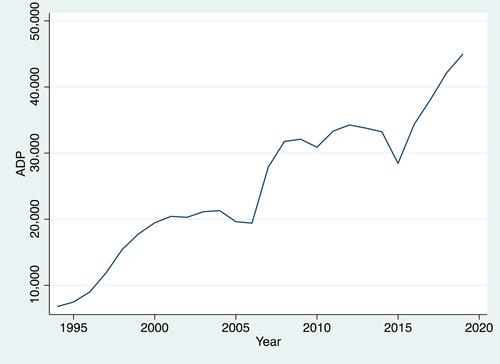The increase in immigration enforcement during the past two decades has led to a larger number of immigrants being detained in the U.S. criminal justice system. Using data from the 2006–2018 Annual Survey of Jails, we examine the impact of immigrants being held for Immigration and Customs Enforcement (ICE) on the conditions in U.S. jails. We find that increases in the number of detainees held for ICE are related to higher noncitizen jailed populations that are not offset by reductions in their citizen counterparts, likely contributing to worse confinement conditions. This is reflected in the higher levels of overcrowding and understaffing, as well as in the longer stays in jail and more physical assaults associated with a larger number of ICE detainees. These findings prove robust to using data on two local interior immigration enforcement programs responsible for the growing number of immigrant detainees in local jails—287(g) agreements and Secure Communities—as instruments to address the endogeneity of the number of ICE detainees with respect to jail conditions. The results are driven by slightly over half of U.S. counties located either along the United States–Mexico border or in states with a large or fast-growing immigrant population.
As immigrant detention becomes more entrenched in the U.S. criminal justice system, understanding the connection between intensified immigration enforcement, immigrant detention, and the conditions of U.S. jails is well warranted. Our findings suggest that for jails already operating at or above capacity, immigrant detention may pose significant concerns for the safety and well-being of all incarcerated individuals. Furthermore, our results have implications for the criminalization of unauthorized entry into the United States. Making immigration violations a criminal offense has resulted in the development of an inhumane immigration detention system motivated by profit.



